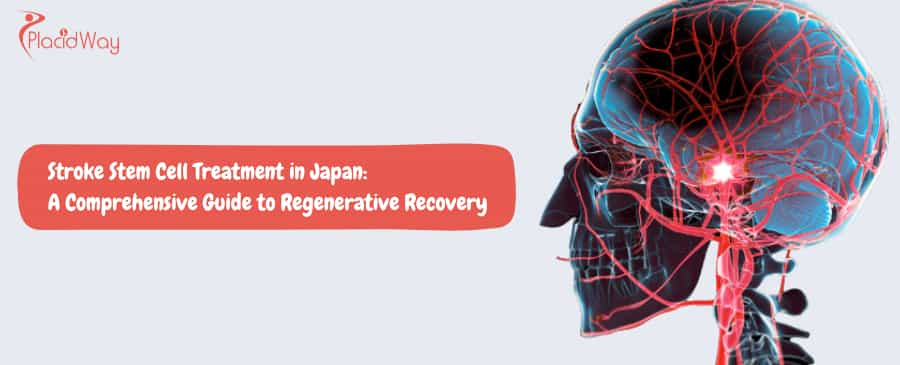
-
Japan's Regulatory Gold Standard: Japan enforces the Act on the Safety of Regenerative Medicine, arguably the world's strictest yet most progressive framework, ensuring high safety standards for international patients.
-
Comprehensive Care Packages: Japanese medical tourism packages typically include medical translation, airport transfers, "Omotenashi" (hospitality) concierge support, and access to advanced Cell Processing Centers (CPCs).
-
Cost Comparison: While Japan positions itself as a premium destination, costs are significantly lower than US clinical trials or experimental "right-to-try" options, often with superior regulatory oversight.
Average Stem Cell Therapy Package Costs by Country:
-
Japan: $15,000 – $45,000 (Premium packages with high cell counts & extensive rehab)
-
South Korea: $7,000 – $20,000 (Advanced technology, highly competitive)
-
Mexico: $3,500 – $15,000 (Cost-effective, proximity to US)
-
Turkey: $3,000 – $10,000 (All-inclusive holiday + treatment packages)
Understanding Stroke Stem Cell Therapy in Japan
Stem cell therapy for stroke in Japan utilizes advanced regenerative protocols to repair damaged neural tissue and restore lost function. It focuses on reducing inflammation and promoting neurogenesis through the administration of highly regulated, potent mesenchymal stem cells.
Japan has emerged as a global leader in regenerative medicine, largely due to the Nobel Prize-winning discovery of induced pluripotent stem cells (iPSCs) by Dr. Shinya Yamanaka. Unlike other destinations that may operate in regulatory grey areas, Japan's Ministry of Health, Labour and Welfare (MHLW) strictly oversees all cell therapies under a three-tiered classification system. For stroke survivors, this means access to autologous adipose-derived mesenchymal stem cells (ADSCs) and bone marrow-derived stem cells that are processed in licensed facilities to ensure purity and viability.
How It Works: The Mechanism of Recovery
The therapy works primarily through a "paracrine effect." When stem cells are introduced into the body, they seek out signals of damage (inflammation) in the brain. Once there, they release growth factors and cytokines that:
-
Reduce Neuroinflammation: Calm the "cytokine storm" that kills brain cells after a stroke.
-
Promote Angiogenesis: Stimulate the growth of new blood vessels to improve oxygen supply.
-
Encourage Neuroplasticity: Help surviving neurons form new connections to bypass damaged areas.
Types of Stem Cells Used
-
Autologous Adipose-Derived (Fat) Stem Cells: The most common safe option in Japan. Cells are harvested from the patient's own belly fat, cultured to high numbers (100M+), and re-infused.
-
Bone Marrow-Derived Stem Cells: Often used for their strong neurotrophic properties.
-
Umbilical Cord-Derived (Allogeneic): Available in specific clinics; these "off-the-shelf" cells require no harvesting surgery and are potent for older patients whose own cells may be less active.
-
SB623 Cells: Modified bone marrow cells used in clinical trials (like those by SanBio) showing promise for chronic motor deficits.
Did You Know? Japan is one of the few countries where clinics must legally have their specific treatment plans reviewed by a Certified Special Committee before offering them to patients, ensuring a layer of peer review rarely found elsewhere.
Eligibility and Candidate Selection
Candidates are typically individuals with stable vital signs who have suffered an ischemic or hemorrhagic stroke and are seeking functional improvements beyond standard rehabilitation. Most Japanese clinics require a medical review of recent MRI scans to confirm eligibility.
Not every stroke survivor is a candidate for this advanced therapy. Japanese clinics maintain strict inclusion criteria to ensure patient safety and the likelihood of efficacy.
Who is a Good Candidate?
-
Stroke Type: Primarily Ischemic stroke survivors (clot-based), though Hemorrhagic stroke (bleed-based) survivors are considered after full stabilization.
-
Timing: Patients in the chronic phase (6+ months post-stroke) often seek this for "stalled" recovery, but subacute patients (3-6 months) may see faster results.
-
Health Status: Must be medically stable, able to travel, and free from active infections or cancer.
Exclusion Criteria
-
Active malignancy (Cancer) or history of cancer in the last 5 years.
-
Severe infectious diseases (HIV, Hepatitis active phases).
-
Uncontrolled seizures or epilepsy.
-
Severe coagulopathy (bleeding disorders).
The Procedure: A Step-by-Step Guide
The process typically involves an initial remote screening, followed by a two-step visit: first for cell harvesting (liposuction), and weeks later for the infusion of cultured cells. Some clinics offer expedited "one-visit" options using donor cells.
Remote Consultation & Screening
Before booking a flight to Tokyo or Osaka, patients submit medical records, current medication lists, and recent MRI/CT brain scans. A Japanese specialist reviews these to approve candidacy.
Cell Harvesting (Visit 1)
For autologous protocols, patients arrive for a mini-liposuction procedure. This is done under local anesthesia and takes about 30-60 minutes.
-
Expert Insight: "The quality of the 'seed' determines the harvest. Japanese clinics often use proprietary washing techniques to ensure only the most viable stem cells go into culture."
Cultivation & Processing (The Wait)
This is where Japan stands out. The fat tissue is sent to a Cell Processing Center (CPC). Over 3-5 weeks, the cells are expanded from a few thousand to 100 million - 300 million cells. The purity is tested for bacteria, viruses, and endotoxins under strict GMP (Good Manufacturing Practice) standards.
Administration (Visit 2)
The patient returns for the therapy. Administration methods include:
-
Intravenous (IV) Drip: The most common, systemic approach. High doses are safe and cells cross the blood-brain barrier (BBB) compromised by stroke.
-
Intrathecal Injection: Injection into the spinal canal (lumbar puncture) to deliver cells directly into the cerebrospinal fluid, bypassing the BBB.
-
Intra-arterial: (Rare/Clinical Trial only) Direct injection into the carotid artery.
Safety, Regulations, and Risks
Safety is the cornerstone of Japan's regenerative medicine sector, governed by the ASRM law which mandates rigorous oversight. While generally safe, risks include minor side effects like fever or injection site pain, with serious complications being extremely rare in regulated facilities.
The "Act on the Safety of Regenerative Medicine" (ASRM)
Enacted in 2014, this law allows medical institutions to provide stem cell therapies if they comply with safety standards and reporting requirements.
-
Class I: High risk (e.g., ES cells, gene modification).
-
Class II: Medium risk (e.g., Cultured somatic stem cells like MSCs) – Most Stroke Therapies fall here.
-
Class III: Low risk (e.g., PRP).
Potential Side Effects
Most side effects are transient and mild:
-
Common: Low-grade fever (immune response to cells), headache, nausea, minor pain at harvest/injection site.
-
Rare: Infection (extremely low risk in Japan due to CPC standards), allergic reaction (rare with autologous cells).
Cost of Stroke Stem Cell Treatment in Japan vs. The World
Cost of Stroke Stem Cell Treatment in Japan commands a premium price due to regulatory compliance, high laboratory standards, and the cost of living, usually ranging from $15,000 to $45,000. This is higher than Turkey or Mexico but offers a different tier of regulatory assurance.
The cost varies based on the cell count (100 million vs 300 million), cell source (cord blood vs own fat), and inclusion of rehabilitation.
Comprehensive Cost Comparison Table
|
Destination |
Avg. Cost (USD) |
Regulatory Oversight |
Typical Inclusions |
|---|---|---|---|
|
Japan |
$15,000 - $45,000 |
Strict (MHLW/ASRM) |
Consultation, CPC Processing, Infusion, Translation, Concierge |
|
South Korea |
$7,000 - $20,000 |
High (KFDA) |
Procedure, Hotel (sometimes), Airport Transfer |
|
Mexico |
$3,500 - $15,000 |
Moderate (COFEPRIS) |
Procedure, Fast Turnaround, Ground Transport |
|
Turkey |
$3,000 - $10,000 |
Moderate (MOH) |
All-inclusive (Hotel + Tour + Procedure) |
|
United States |
$50,000+ |
Variable (FDA/Clinics) |
Procedure only (Often excluded from insurance) |
Key Factors Influencing Price in Japan
-
Culture Time: Longer culture times for higher cell counts increase lab costs.
-
Testing: Extensive safety testing (virus panels, genetic stability) required by Japanese law adds to the base cost.
-
Location: Clinics in Tokyo (Ginza/Omotesando) may charge more than those in Osaka or Fukuoka.
Pro Tip: When comparing quotes, ask: "Does this include the cell processing fee AND the doctor's fee?" In Japan, these are sometimes listed separately.
Medical Tourism Packages: What's Included?
Japanese medical packages prioritize "Omotenashi" (wholehearted hospitality), ensuring a stress-free experience. While they may not always include "resort-style" sightseeing like Turkey, they focus heavily on medical precision, translation accuracy, and logistical ease.
Standard Japanese Package Inclusions
-
Medical Visa Assistance: Essential for longer stays (cultivation period).
-
Professional Medical Interpretation: Certified interpreters, not just general translators, to ensure accurate communication of medical risks and nuances.
-
Airport Transfers: Private car service from Narita/Haneda or Kansai airports.
-
Concierge Service: Assistance with booking local hotels, arranging transport, and navigating the city.
Premium Add-Ons
-
Rehabilitation Integration: Partnerships with Japanese neuro-rehab centers for intensive physical therapy post-infusion.
-
Sightseeing Tours: VIP private tours of Kyoto or Tokyo tailored for patients with mobility issues.
-
Luxury Accommodation: Stays at partner 5-star hotels (e.g., Ritz-Carlton, Peninsula) near the clinic.
Success Rates and Realistic Outcomes
Success rates are measured by functional improvements rather than a "cure," with studies showing that 50-70% of patients experience measurable gains in motor function, speech, or cognitive ability. Results typically manifest between 3 to 6 months post-treatment.
It is crucial to manage expectations. Stem cell therapy is not a magic wand but a tool to unlock the brain's potential for repair.
Observable Improvements
-
Motor Function: Reduced spasticity, improved grip strength, better balance.
-
Cognitive: Enhanced memory, faster processing speed, improved speech (aphasia recovery).
-
General: Increased energy levels, better sleep quality, reduced depression.
Expert Insight
"Japanese research emphasizes the 'therapeutic window'. While earlier is often better, our clinical data suggests that even chronic stroke patients (1+ years post-stroke) can see functional gains when high-dose stem cells are combined with immediate, intensive rehabilitation." — Leading Regenerative Medicine Specialist, Tokyo
Alternative Treatments and Rehabilitation
While stem cell therapy is a powerful adjunct, it works best when combined with other advanced therapies available in Japan, such as HAL (Hybrid Assistive Limb) robotic suits and TMS (Transcranial Magnetic Stimulation).
Complementary Japanese Therapies
-
HAL (Cyberdyne) Suits: Japan is the home of robotic rehabilitation. Using the HAL suit immediately after stem cell infusion can "teach" the new neural connections how to move the body.
-
TMS (Transcranial Magnetic Stimulation): Non-invasive magnetic pulses to stimulate brain regions.
-
Hyperbaric Oxygen Therapy (HBOT): Increases oxygen saturation to support the newly metabolically active brain tissue.
FAQ: Stroke Stem Cell Therapy in Japan
Is stem cell therapy for stroke legal in Japan?
Yes. It is fully legal and regulated under the Act on the Safety of Regenerative Medicine (2014). Clinics must hold a license and have their specific treatment plans approved by the Ministry of Health, Labour and Welfare (MHLW).
Can foreign patients get treated in Japan?
Absolutely. Many top clinics in Tokyo and Osaka specifically cater to international patients. You may need a Medical Visa depending on your country of origin and length of stay, which the clinic can help arrange.
How many stem cells are injected for stroke?
Japanese protocols typically use high doses, ranging from 100 million to 300 million Mesenchymal Stem Cells (MSCs). The exact dose depends on the patient's body weight and severity of the condition.
Does insurance cover stem cell therapy in Japan?
Generally, no. For international patients, this is an out-of-pocket expense. Some international health insurance plans with "medical tourism" riders might cover a portion, but this is rare.
How long do I need to stay in Japan?
For autologous (own cells) treatment, you typically need two visits: one short visit (3-5 days) for harvesting and a second visit (3-5 days) about 4 weeks later for infusion. Allogeneic (donor cells) treatments may only require one visit of 3-5 days.
Is the treatment painful?
The infusion itself is painless (like a standard IV drip). If you undergo liposuction for cell harvesting, you may experience mild soreness in the abdominal area for a few days, similar to a bruise.
Why is Japan more expensive than Mexico or Turkey?
The higher cost reflects First World regulatory standards, rigorous safety testing (Japan tests for more viruses and genetic anomalies than most countries), higher costs of operating GMP-certified laboratories, and the general cost of living in Japan.
Ready to Explore Your Options?
Recovery from a stroke is a journey, and choosing the right partner for that journey is critical. PlacidWay connects you with Japan's top-tier, government-licensed clinics, ensuring you receive safe, legal, and effective regenerative care.
Don't navigate the complex Japanese medical system alone.
-
Get a Free Quote: Compare packages from Tokyo and Osaka's best clinics.
-
Verify Credentials: We ensure every clinic meets international standards.
-
Plan Your Trip: From medical visas to luxury accommodation, we handle the logistics.


.png)
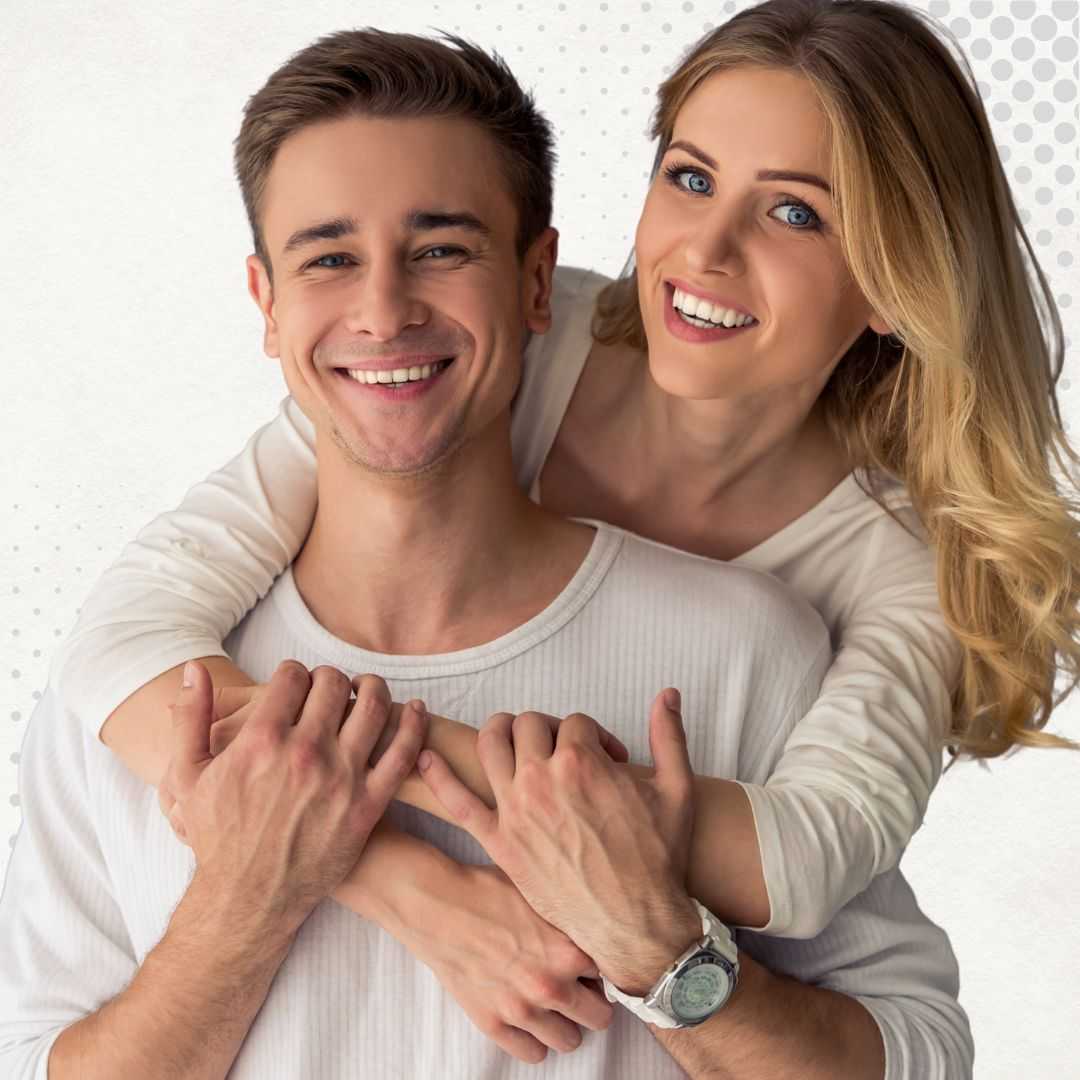
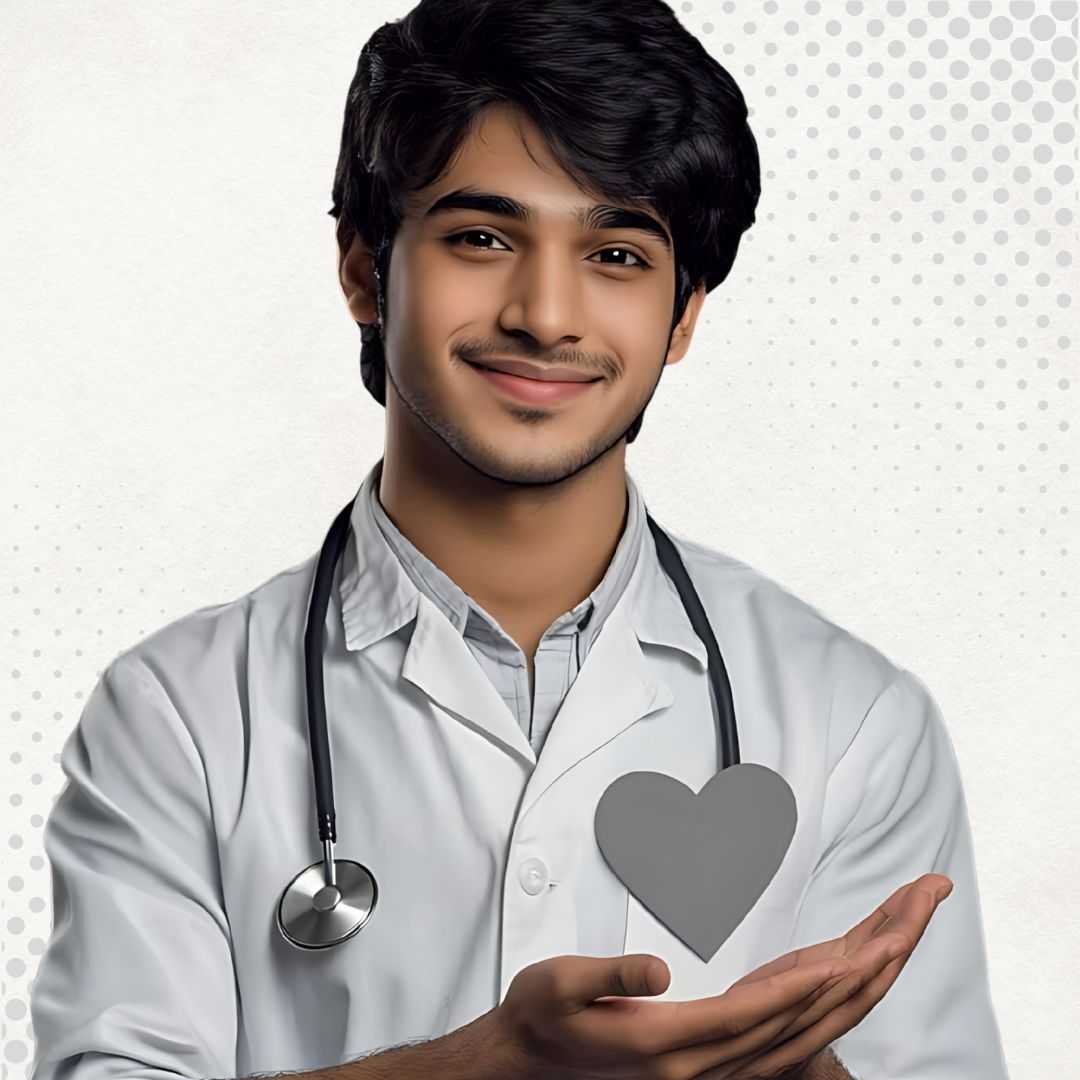
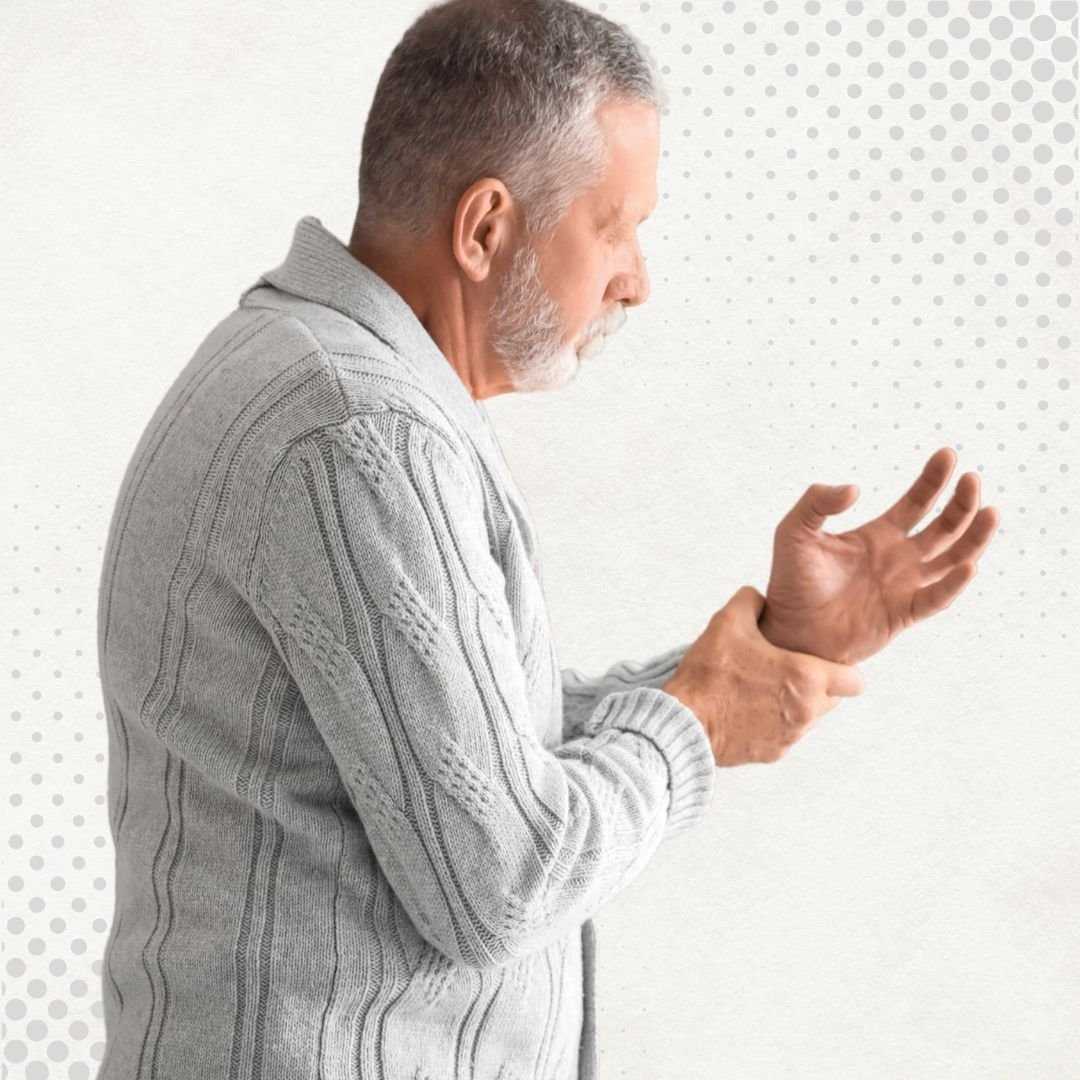

.jpg)

.png)
.png)
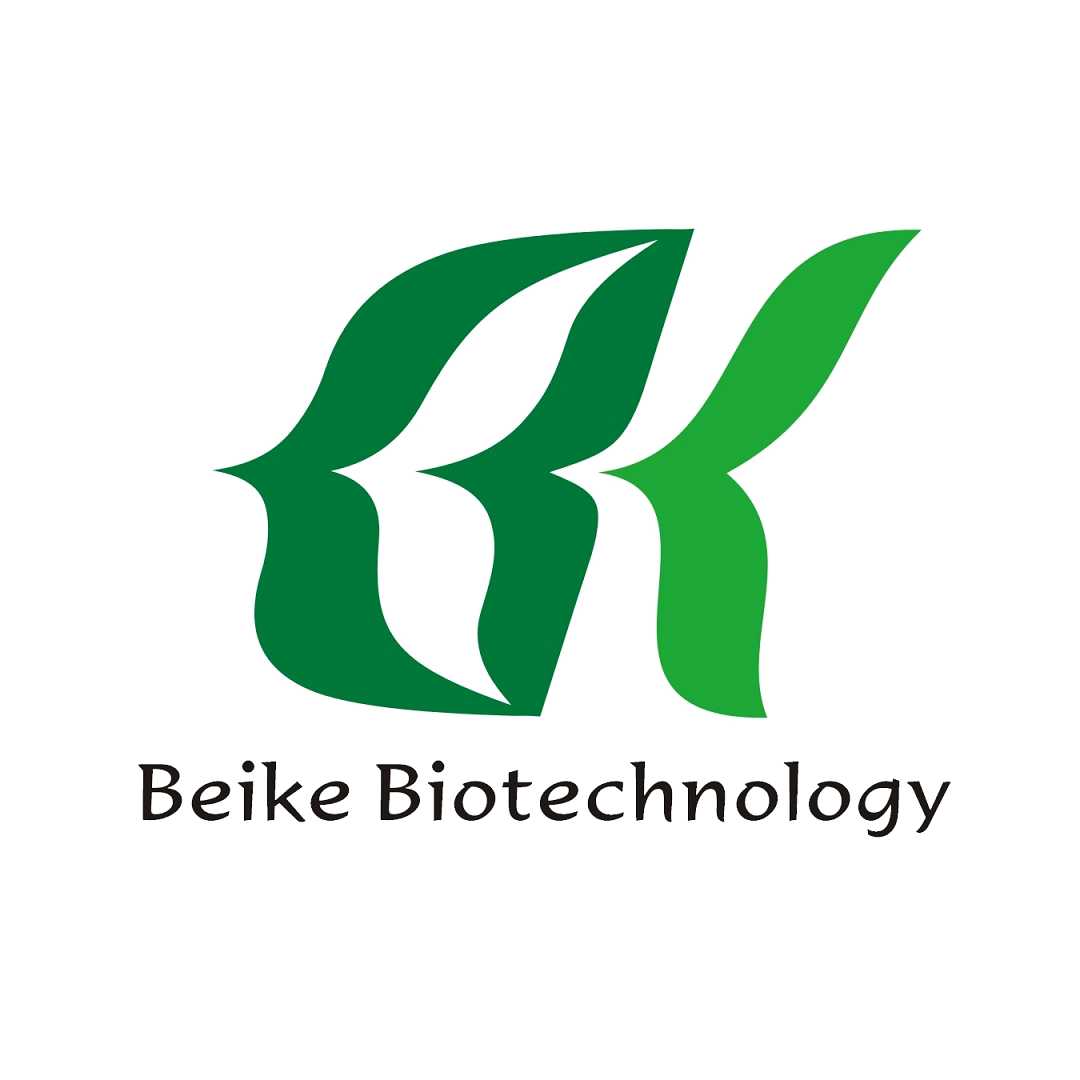
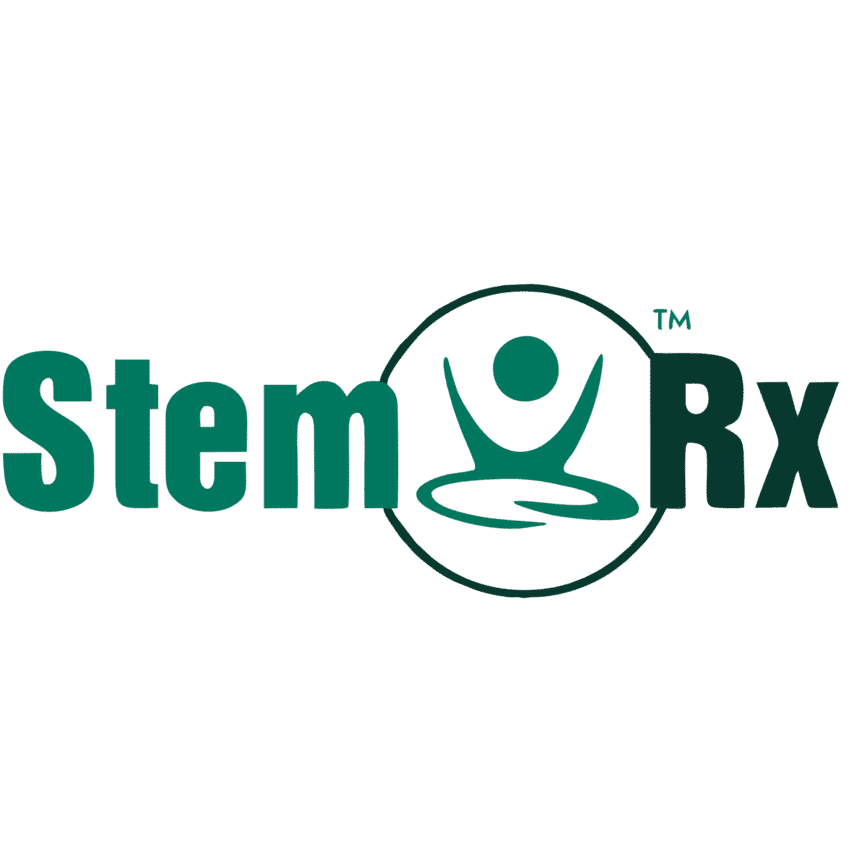
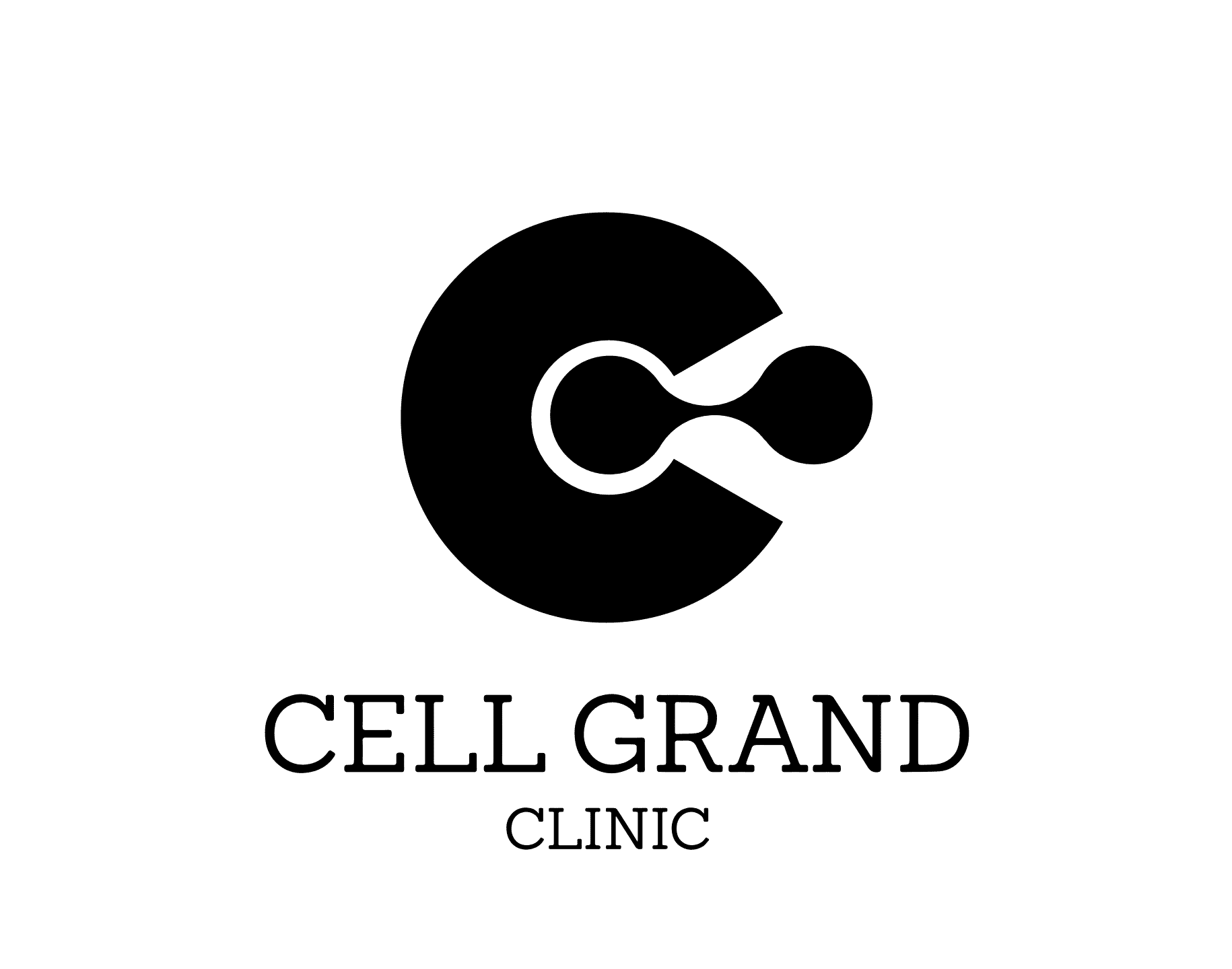
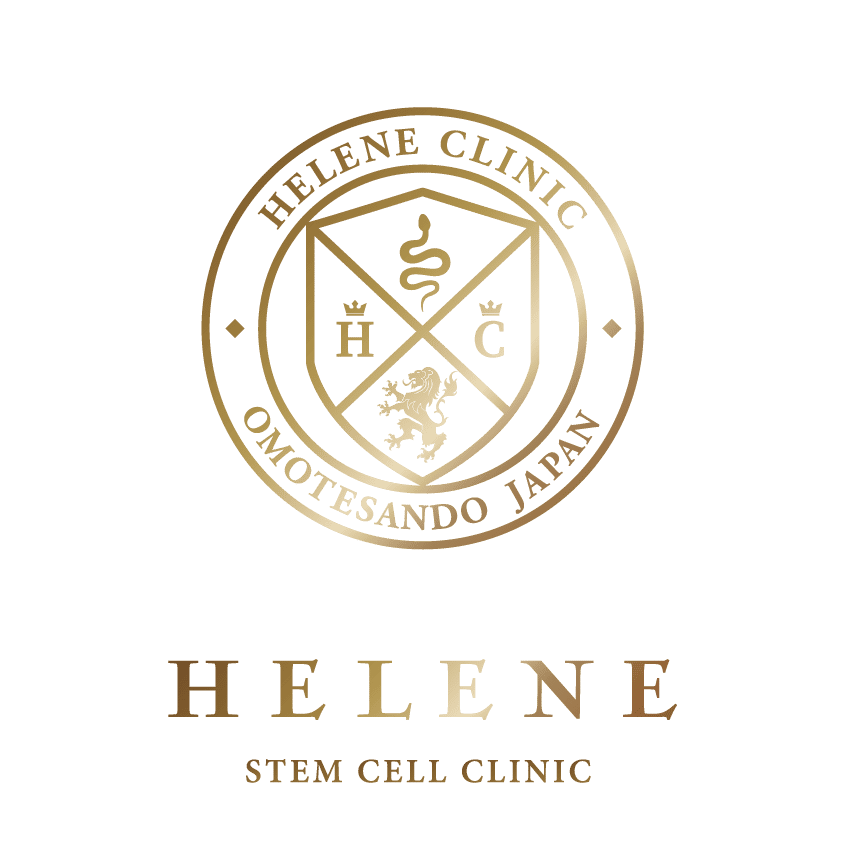

Share this listing